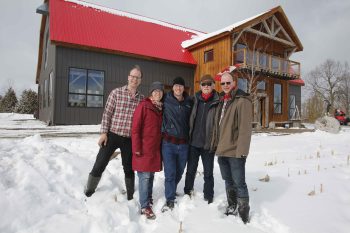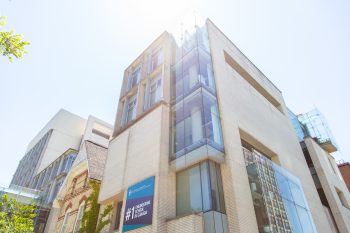Biomedical implants have the potential to transform everything – from drug delivery, to orthopedics and neurology. They’re crucial to new treatments that will help meet the challenges posed by an aging population – and transform the practice of medicine.
There’s a strong business case for developing biomedical implants, noted Professor Paul Santerre, Director, Institute of Biomaterials & Biomedical Engineering (IBBME). Through 2014, the American market for implantable medical devices will grow more than 8 per cent annually to $49 billion (U.S.), according to Cleveland-based market research firm the Freedonia Group.
Globally, researchers are zooming in on several key areas, said Professor Santerre, who oversees Canada’s largest biomedical program. They’re developing devices for aging patients, especially stents and other cardiac implants.
Another burgeoning field is orthobiologics, explained Professor Santerre. Its applications include the use of anti-microbial agents with orthopedic implants to treat degradation of bone structure around the healing area.
Professor Santerre is also excited about real-time diagnostics, combination drug-delivery devices that use biomaterials and neural implants and therapies. “The whole area is getting ready to explode as a result of an aging society and Alzheimer’s and other kinds of dementia and diseases that begin to show an onset as we roll into our 80s,” he said.
At IBBME, which has 36 core and 55 cross-appointed faculty affiliated with 10 teaching hospitals, many scientists do research connected to biomedical implants. For example, rehabilitation technology sciences team leader Professor Milos Popovic(IBBME) has helped quadriplegic patients regain upper-body movement by administering regular electrical stimulation to their tissues.
“We’re conceiving systems that would be implanted for anywhere between a week and four months, depending on what we’re trying to achieve,” said Professor Santerre.
Looking ahead, he sees great promise for tissue engineering, another implant-related IBBME research area.
He believes that by 2020, it will be possible to implant a new coronary artery built by your own cells. “[For] more complex organs, it’s going to take a bit longer, but we’re getting there.”
To read the full story, visit the Globe and Mail .



